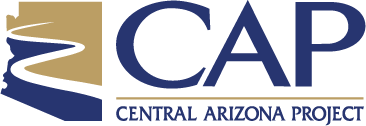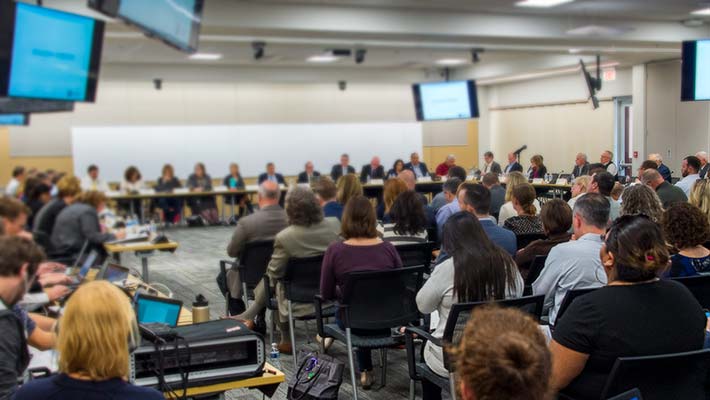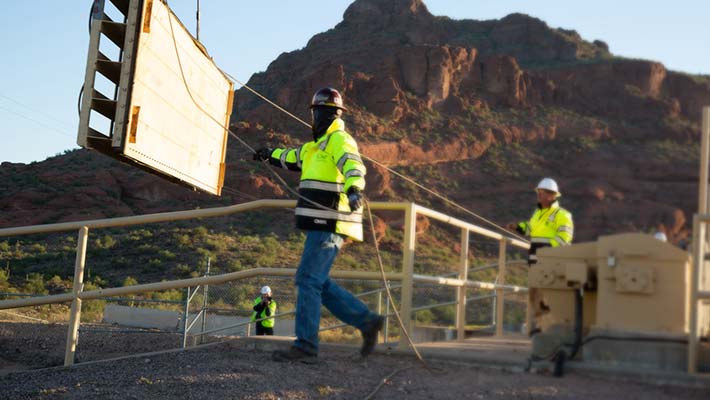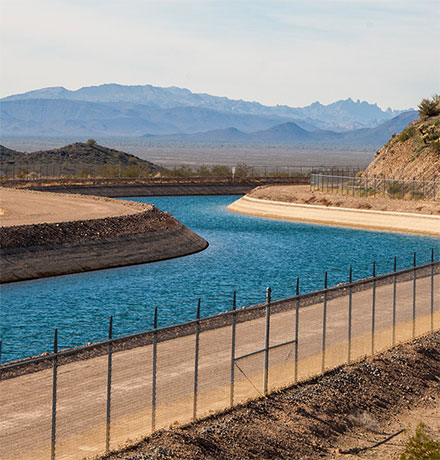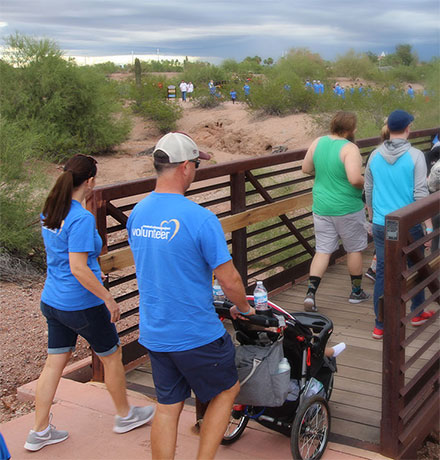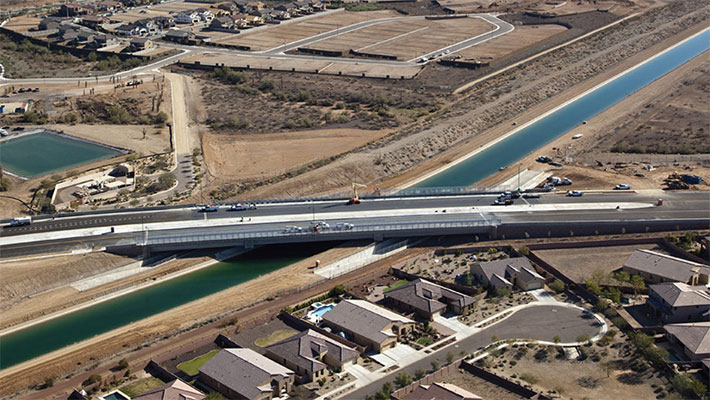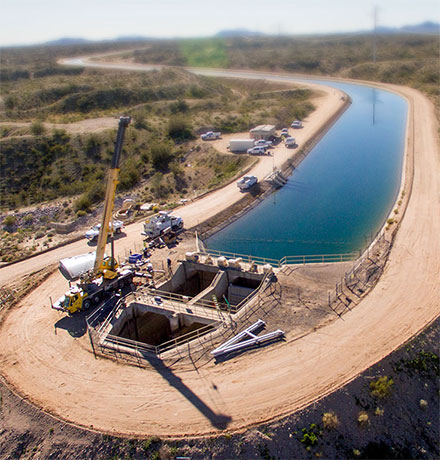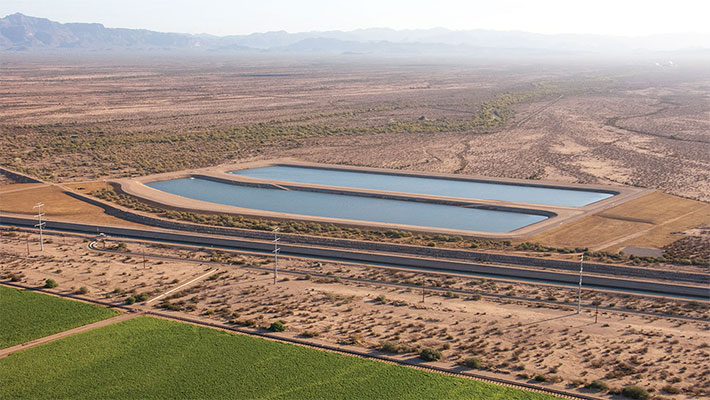FAQ
Frequently Asked Questions
336 miles from Lake Havasu City to Tucson.
14 miles south of Tucson.
CAP cost approximately $4 billion to construct. According to the contract with the federal government, $1.65 billion has to be repaid.
The average size of the aqueduct in its beginning is 80 feet across the top and 24 feet across the bottom and the water is 16.5 feet deep. The oversized section of the canal, which acts as an internal reservoir system, is 160 feet across the top and 80 feet across the bottom.
The concrete is 3.5 inches thick and, in some areas, it is reinforced with steel rebars.
Due to the design, constant delivery system and efficient operation methods, CAP’s average annual evaporation loss during a normal, non-shortage year is approximately 4.5 percent, or 16,000 acre feet from the aqueduct and 50,000 acre feet from Lake Pleasant. Seepage losses are 0.6 percent, or 9,000 acre feet per year.
The Bureau of Reclamation (Reclamation) made studies of this possibility and found the cost to be prohibitive. Covering the canal would have quadrupled the $4 billion the project originally cost.
There are two classifications of users: municipal and industrial (e.g., cities such as Phoenix, Mesa, and Scottsdale), and tribal communities (12 tribes have allocations).
The entire length of the canal is fenced and CAP has a security force that patrols the canal by land and by air. There are alarms at all key structures, pumping plants, turnouts, and check structures. Regular water quality tests also would alert us to contamination.
Before any feature of the canal was built, there was a massive environmental impact study made to determine the possible impact on wildlife or the environment in that location. The U.S. Bureau of Reclamation which built the project has a full staff of environmental teams to ensure compliance with state and federal regulations protecting fish, wildlife and native plants.
Prior to CAP construction, environmental teams from the University of Arizona and the Arizona Game and Fish Department were contracted with by Reclamation to perform wildlife studies and determine their migration patterns. The study resulted in the placement of wildlife bridges at strategic locations to ensure wildlife could cross the canal safely and without interference with their natural migration patterns. There also are fences, watering holes, and escape ramps in distribution canals, as well as a roughened concrete finish that allows the smaller animals to climb in and out of the canal. In some instances, such as a 2,157 acre parcel of land near Tucson, property was purchased by CAP to fully protect and preserve the natural habitats of animal and plant life.
CAP has been fenced along its entire length to provide security for people and wildlife. The canal is not open for fishing or swimming to ensure maximum safety for animals and humans and to avoid subsequent liability issues. CAP security has to be maintained in compliance with all federal regulations.
The Secretary of the Interior declared CAP substantially complete October 1, 1993. This triggered the start of CAP’s 50-year repayment period.
